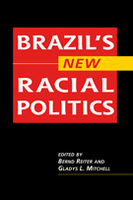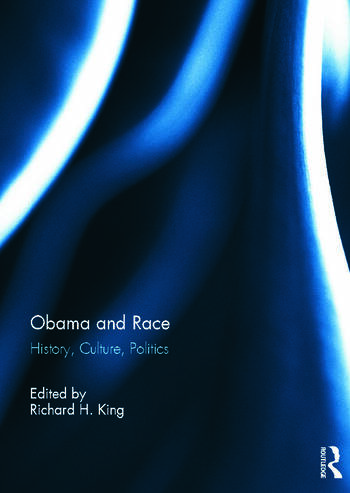The Long Walk to Freedom: Runaway Slave NarrativesPosted in Anthologies, Books, History, Media Archive, Passing, Slavery, United States, Women on 2012-10-25 17:29Z by Steven |
The Long Walk to Freedom: Runaway Slave Narratives
Beacon Press
2012-08-21
288 pages
6″ x 9″
Cloth ISBN: 978-080706912-7
Devon W. Carbado, Professor of Law and African American Studies
University of California, Los Angeles
Donald Weise, Independent Scholar in African American history
The first book about the runaway slave phenomenon written by fugitive slaves themselves.
In this groundbreaking compilation of first-person accounts of the runaway slave phenomenon, editors Devon W. Carbado and Donald Weise have recovered twelve narratives spanning eight decades-more than half of which have been long out of print. Told in the voices of the runaway slaves themselves, these narratives reveal the extraordinary and often innovative ways that these men and women sought freedom and demanded citizenship. Also included is an essay by UCLA history professor Brenda Stevenson that contextualizes these narratives, providing a brief yet comprehensive history of slavery, as well as a look into the daily life of a slave. Divided into four categories-running away for family, running inspired by religion, running by any means necessary, and running to be free-these stories are a testament to the indelible spirit of these remarkable survivors.
The Long Walk to Freedom presents excerpts from the narratives of well-known runaway slaves, like Frederick Douglass and Harriet Jacobs, as well as from the narratives of lesser-known and virtually unknown people. Several of these excerpts have not been published for more than a hundred years. But they all portray the courageous and sometimes shocking ways that these men and women sought their freedom and asserted power, often challenging many of the common assumptions about slaves’ lack of agency.
Among the remarkable and inspiring stories is the tense but triumphant tale of Henry Box Brown, who, with a white abolitionist’s help, shipped himself in a box-over a twenty-seven-hour train ride, part of which he spent standing on his head-to freedom in Philadelphia. And there’s the story of William and Ellen Craft, who fled across thousands of miles, with Ellen, who was light-skinned, disguised as a white male slave-owner so she and her husband could achieve their dream of raising their children as free people.
Gripping, inspiring, and captivating, The Long Walk to Freedom is a remarkable collection that celebrates those who risked their lives in pursuit of basic human rights.
Read the Introduction here.







